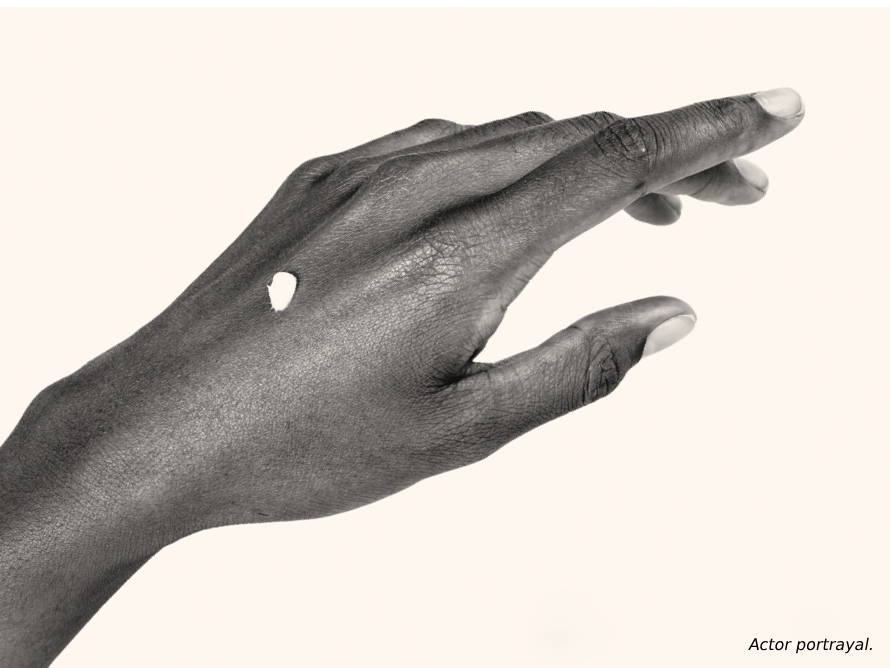Products
Not All PDE4 Inhibitors Are the Same
Phosphodiesterase 4 (PDE4) has been implicated in a wide range of inflammatory diseases, and is an established target in dermatology. However, not all PDE4 inhibitors are the same. Patrick Burnett, MD, PhD, FAAD, Chief Medical Officer at Arcutis, discusses the unique properties of topical roflumilast (ZORYVE®).
INDICATIONS
ZORYVE cream, 0.3%, is indicated for topical treatment of plaque psoriasis, including intertriginous areas, in adult and pediatric patients 6 years of age and older.
ZORYVE cream, 0.15%, is indicated for topical treatment of mild to moderate atopic dermatitis in adult and pediatric patients 6 years of age and older.
ZORYVE foam, 0.3%, is indicated for the treatment of seborrheic dermatitis in adult and pediatric patients 9 years of age and older.
IMPORTANT SAFETY INFORMATION
ZORYVE is contraindicated in patients with moderate to severe liver impairment (Child-Pugh B or C).
Flammability: The propellants in ZORYVE foam are flammable. Avoid fire, flame, and smoking during and immediately following application.
The most common adverse reactions (≥1%) for ZORYVE cream 0.3% for plaque psoriasis include diarrhea (3.1%), headache (2.4%), insomnia (1.4%), nausea (1.2%), application site pain (1.0%), upper respiratory tract infection (1.0%), and urinary tract infection (1.0%).
The most common adverse reactions (≥1%) for ZORYVE cream 0.15% for atopic dermatitis include headache (2.9%), nausea (1.9%), application site pain (1.5%), diarrhea (1.5%), and vomiting (1.5%).
The most common adverse reactions (≥1%) for ZORYVE foam 0.3% for seborrheic dermatitis include nasopharyngitis (1.5%), nausea (1.3%), and headache (1.1%).
Please see full Prescribing Information for ZORYVE cream and full Prescribing Information for ZORYVE foam at ZoryveHCP.com.

For more information,
visit the ZORYVE website.
US-CRP-151-00017 v2.0 08/2024